
Alfa Romeo Mito Hatchback (2009-2018) engines, drive and performance
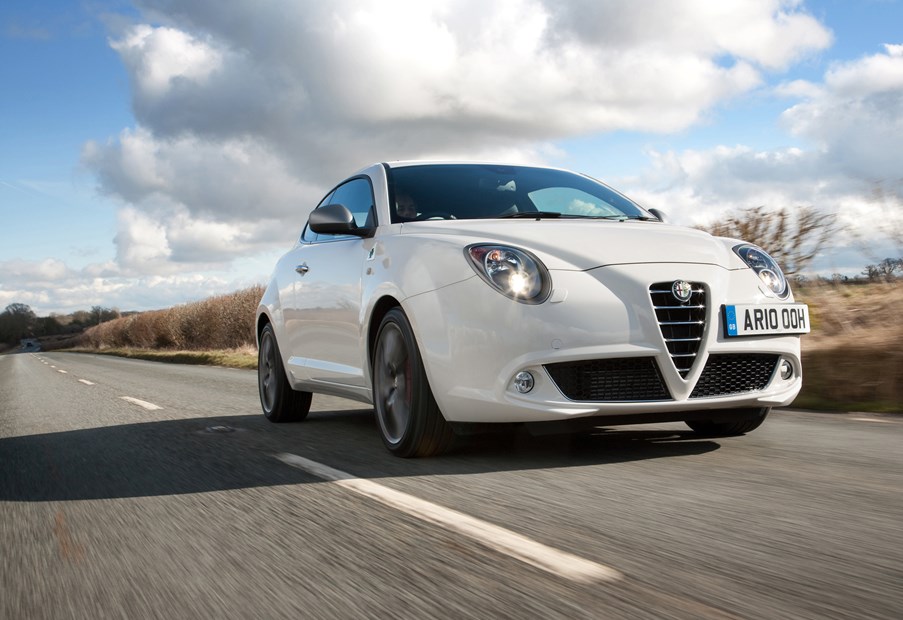
- Petrol-dominated line-up
- One frugal diesel
- Something to suit most tastes
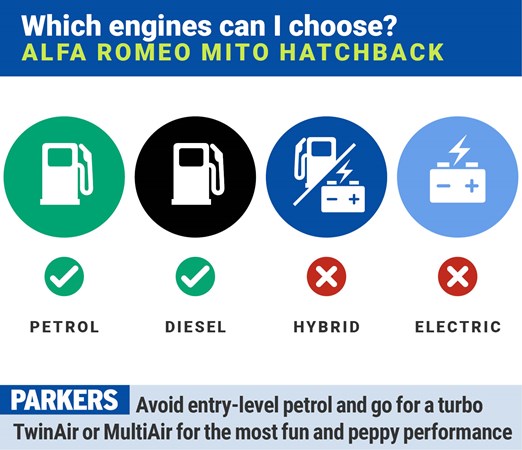
A range of feisty petrol engines and one eco-friendly diesel power the Alfa Romeo Mito.
Four petrol engines to choose from
It’s good news for petrol fans, as the Mito is available with a choice of four engines to pick from.
The range kicks off with a 78hp 1.4-litre unit, which is only recommendable if you’re buying a Mito on a budget, and you only use it around town.
With a 13.0-second 0-62mph time and a top speed of 103mph, it’s not one for sitting on the motorway in for hours on end. A meagre 115Nm of torque doesn’t help when you want to overtake, either. It’s also the least economical and least efficient model in the range, despite its modest power output.
A nippier proposition is the 875cc two-cylinder TwinAir engine, producing 105hp. This engine has a really buzzy character (it’s similar to a motorbike engine), that feels big-hearted thanks to a really growly engine note that sounds like you’re going much faster than you really are.
It’ll take the Mito from 0-62mph in 11.4 seconds and onto a top speed of 114mph. So it’s still not the most rapid engine, but it’s much more economical than the 1.4 (find all the figures in the Running Costs section), and feels usefully more punchy thanks to 145Nm of torque, a turbocharger and an eager nature.
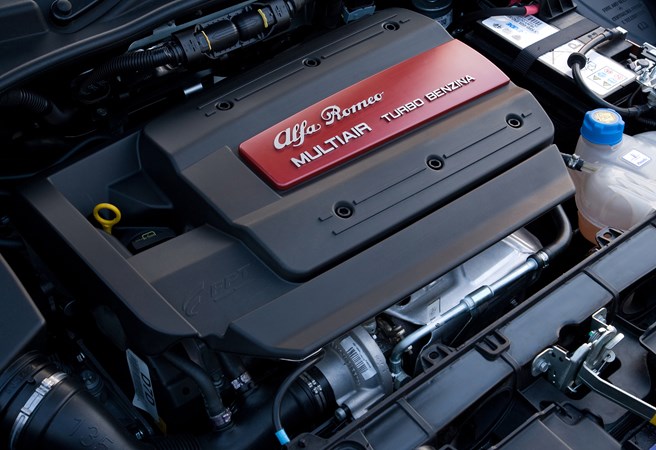
Providing more get-up-and-go is a 1.4-litre MultiAir engine, producing 140hp and 230Nm of torque, using a six-speed dual-clutch (Alfa calls it TCT) automatic gearbox. There’s no manual available here. It’s good for a 0-62mph time of 8.1 seconds and a 131mph top speed, making it much quicker than the TwinAir.
The top-spec Veloce is powered by a 170hp version of the 1.4 MultiAir engine, also exclusively using a TCT gearbox. There’s a slight increase in torque to 250Nm, and the 0-62mph time falls to 7.3 seconds, while top speed is rated at 137mph.
Just one diesel option
If you want diesel power for your Mito, there’s only one choice as it’s unlikely many buyers will be specifying a car with fuel coming from the black pump.
It’s a 1.3-litre turbocharged unit – snappily badged JTDm-2 – offering 95hp and 200Nm of torque. Accelerating from 0-62mph takes a leisurely 12.5 seconds, and it will go on to reach 113mph. In reality, though, it doesn’t feel as slow as the figures suggest, however you need to master your gearchanges – it’s easy to get caught in the wrong gear at low revs.
Maximum torque is available from 1,500rpm, but peak power is available at 3,500rpm. To get the most out of this Mito you’ll need to rev it quite hard (for example on the motorway), but in doing so you’re made aware that it’s a diesel engine under the bonnet.
Engines no longer available
The 135hp MultiAir turbocharged 1.4-litre petrol engine (which replaced a previous 120hp version), offers lively performance with good low down pulling power. It will sprint from 0-62mph in 8.2 seconds and offers a great balance of performance and economy.
Top of the range was the 1.4 TB MultiAir QV (Quattro Valvole, Italian for four-valve) with 170hp. This powers the Quadrifoglio Verde model (previously known as the Cloverleaf, but now called Veloce – keep up) from standstill to 62mph in 7.5 seconds and then on to a top speed of 136mph.
It’s rapid enough but if outright pace is your thing, you’ll probably opt for faster alternatives like a MINI Cooper S Hatch or even an Audi S1.
The smallest TwinAir two-cylinder petrol added to the range in 2012 with 85hp. It delivers adequate performance, with 0-62mph taking 12.5 seconds, but it has to be worked hard to accelerate the Mito or to maintain an acceptable motorway cruising speed. Alfa Romeo claims the TwinAir can average 67.3mpg but you’ll have to drive incredibly gently to get anywhere near that.
To confuse things further, there were two diesel engines available earlier in the Mito’s life. First up was a 1.3-litre JTDm-2 unit with 85hp and a 12.9-second 0-62mph time, while there was also a 1.6-litre unit with a more impressive 120hp on offer. This had a 0-62mph time of less than 10 seconds and offered strong in-gear pace and good refinement.
- Sharp handling an Alfa trait
- Driving modes tailor experience
- Firm ride and vague steering, though

The Mito is reasonably agile but is let down a little by vague steering, no matter which driving mode you’ve selected.
This is controlled via an electronic system fitted to the car which Alfa Romeo calls DNA (which stands for Dynamic, Natural and All-Weather).
This enables drivers to toggle between three driving modes with different levels of responsiveness via a switch ahead of the gear lever.
Holding the switch forward for a second selects Dynamic, which delays the intervention of the traction and stability control systems, reduces the level of power assistance in the steering and results in a firmer suspension set-up.

It’s a little more engaging for the driver but less comfortable than Normal mode, plus the steering feels very eager to self-centre.
Pulling the switch back selects All-Weather, which results in a dulled throttle response and earlier intervention from the stability control system for better control of the vehicle in difficult conditions.
The DNA system was revised slightly in 2012. Natural used to be called Normal, and every time the car started it defaulted to this mode. Now, though, it remembers what you had the car in last time you drove it, and stays in this mode.
In all modes, though, the Mito serves up tidy body control with very little roll, thanks to that firmer suspension set-up, and the steering is quick to respond, if lacking in communication back to the driver.


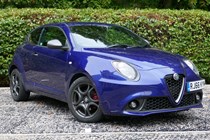
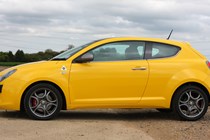
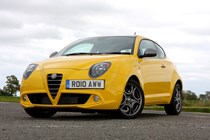
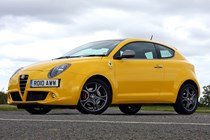
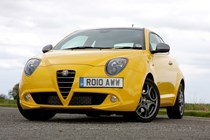
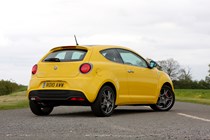
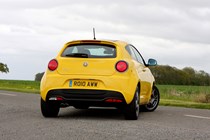
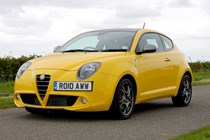
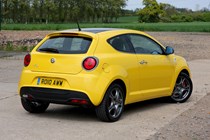
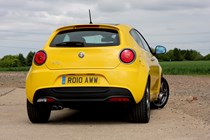
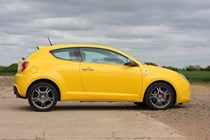
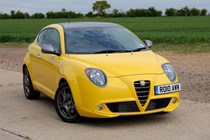
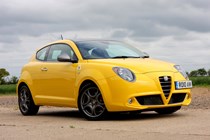

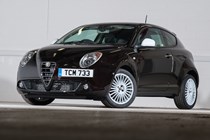
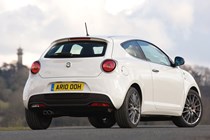

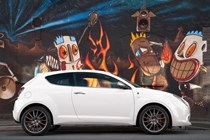
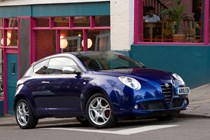
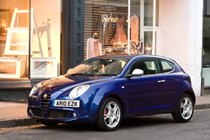
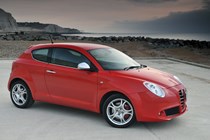
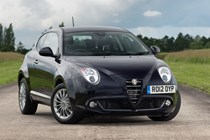
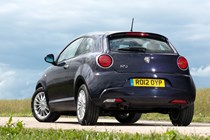
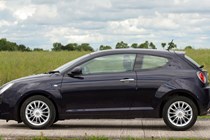
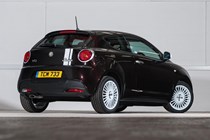
.jpg)
.jpg)
.jpg)
.jpg)
.jpg)
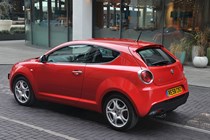
.jpg)
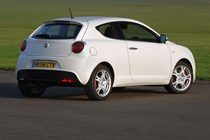
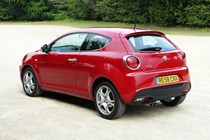
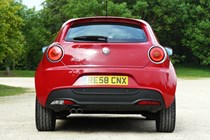
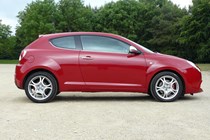
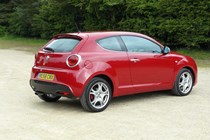
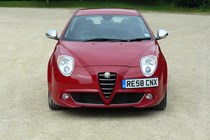
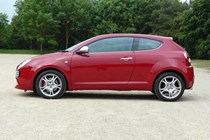
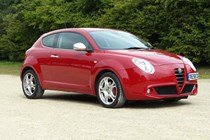

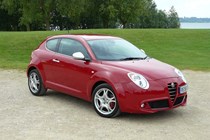
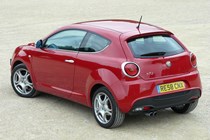
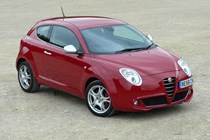

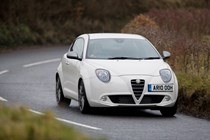
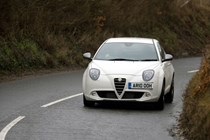
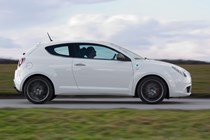
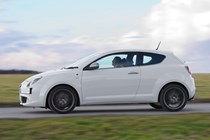
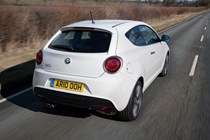
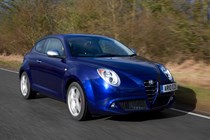
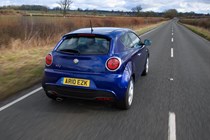
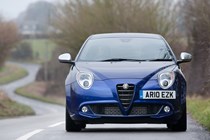
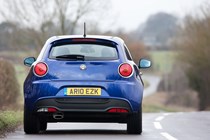
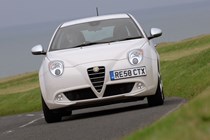
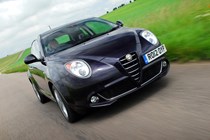


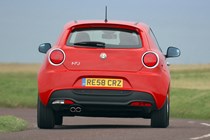
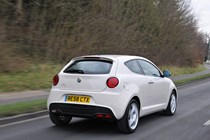
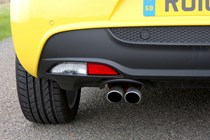
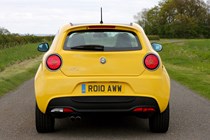
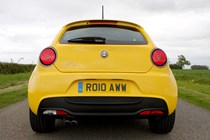
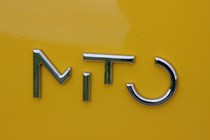
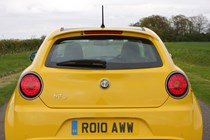
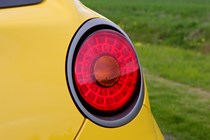
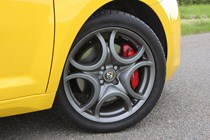

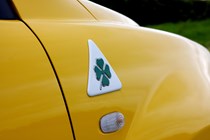
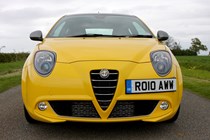
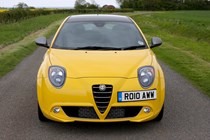
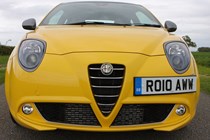

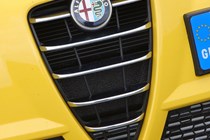
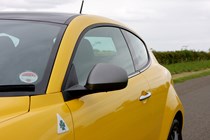
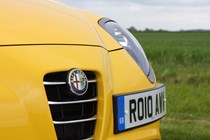
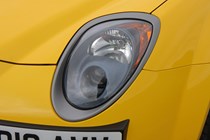
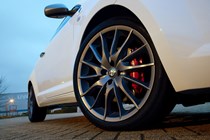
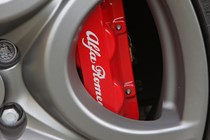

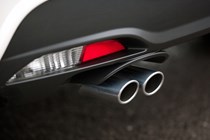
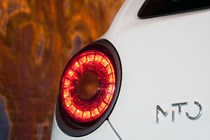
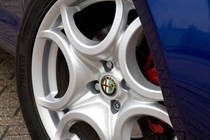
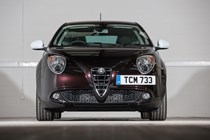
.jpg)
.jpg)
.jpg)
.jpg)
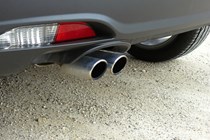
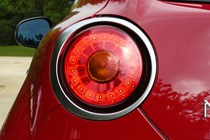
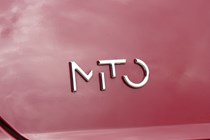
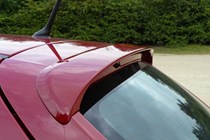
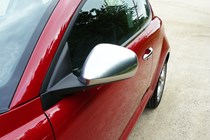
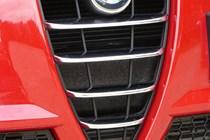
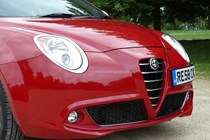
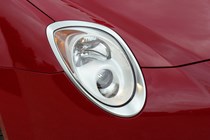
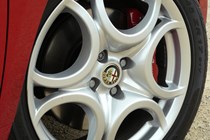

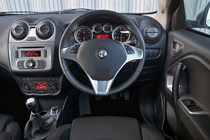
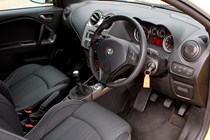
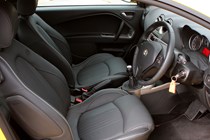
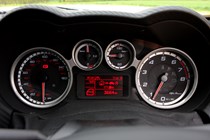
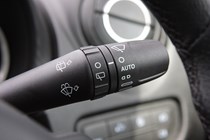
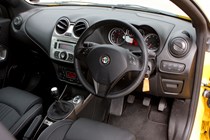
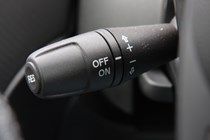
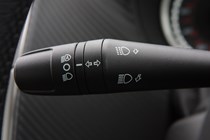
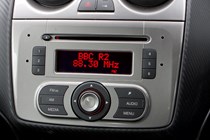
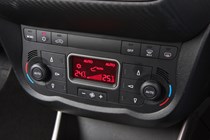
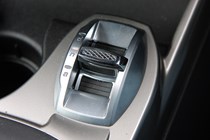

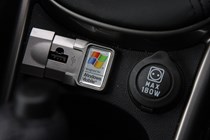
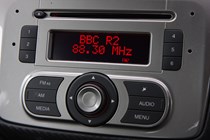
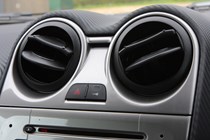
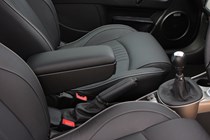
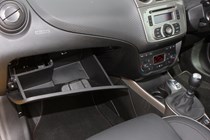
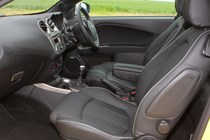
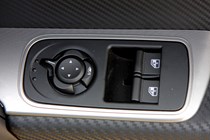
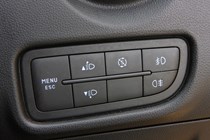
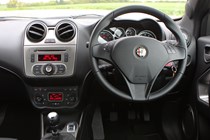
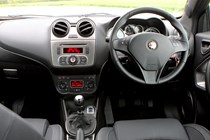
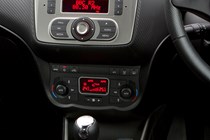
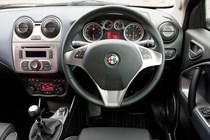
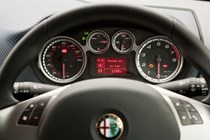
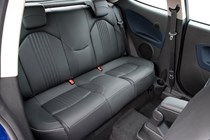
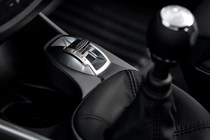
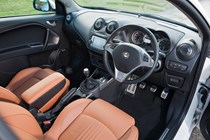
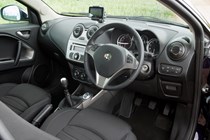
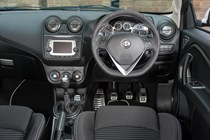
.jpg)
.jpg)
.jpg)
.jpg)
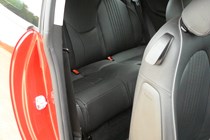
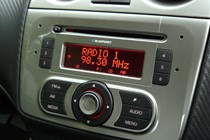
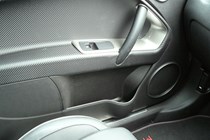
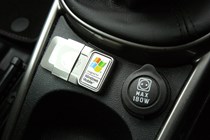
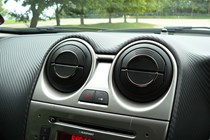

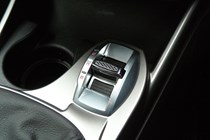
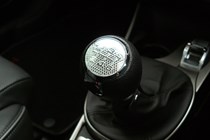
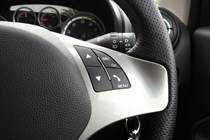
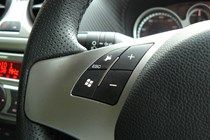
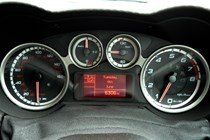

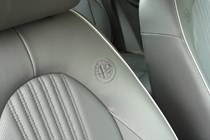
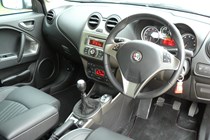

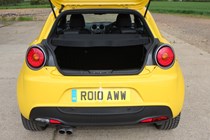
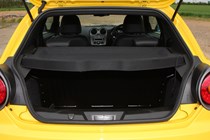
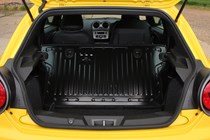
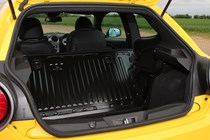
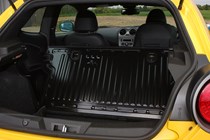
.jpg)
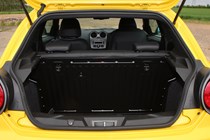
.jpg)
.jpg)
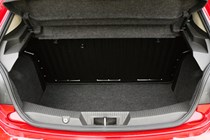
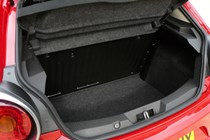

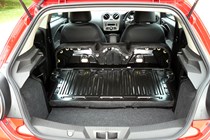
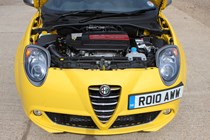

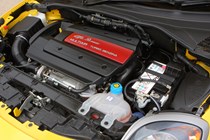
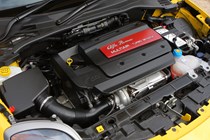
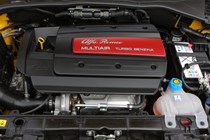

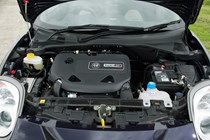
.jpg)
.jpg)
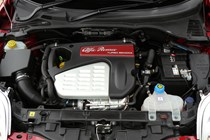

























.jpg?quality=50)
.jpg?quality=50)
.jpg?quality=50)
.jpg?quality=50)
.jpg?quality=50)

.jpg?quality=50)




















































.jpg?quality=50)
.jpg?quality=50)
.jpg?quality=50)
.jpg?quality=50)








































.jpg?quality=50)
.jpg?quality=50)
.jpg?quality=50)
.jpg?quality=50)




















.jpg?quality=50)

.jpg?quality=50)
.jpg?quality=50)











.jpg?quality=50)
.jpg?quality=50)
